Start with our Chatbot. If it can't help, you'll have the option to be connected with a Librarian.
Citing allows you to give credit to the persons who created the words or ideas that you've included in your own writing. If you include an idea, phrase, or sentence in your writing that is NOT your creation, you must cite the book or article in which you found that idea, phrase, or sentence. Even if you are paraphrasing!
It makes you look good. It's ethical and responsible to help your readers differentiate your ideas from those of others.
Citing your sources allows readers to to locate the book or article in which you found the idea, phrase, or sentence so they can read more about the ideas or concepts included in your writing. Citing allows you and your readers to engage more deeply with the scholarly conversation.
It helps you learn to communicate more formally within your discipline/major.
Properly citing your sources ensures that you avoid plagiarism. Plagiarism is taking someone else's ideas or words and including them in your work, as a quote or even a paraphrase, without crediting the original author/creator. Plagiarism usually carries serious penalties, from a failing grade on the assignment to a failing grade for the course to expulsion from the university in particularly egregious cases.
from UNC Writing Center (2:06)
While citation styles may differ in format and appearance, they generally all include the same elements. For each, you need the following parts or elements*:
| Articles | Books |
|---|---|
| Author(s) | Author(s) |
| Date of publication | Date of publication |
| Title of article | Title of book |
| Title of journal | |
| Volume/issue | |
| Pages | |
| Publisher |
*The term "element" is used in MLA Style to refer to each part of a citation. The above citation elements are needed for print articels and books. For electronic articles from online journals or eBooks, you usually also need the URL or a DOI and the name of the database or website where you found the information.
The DOI number is a digital object identifier that is sometimes included in citations. If one is included, include it in your citation.
Hellberg, Rosalee S., and Eric Chu. “Effects of Climate Change on the Persistence and Dispersal of Foodborne Bacterial Pathogens in the Outdoor Environment: A Review.” Critical Reviews in Microbiology, vol. 42, no. 4, July 2016, pp. 548-572. EBSCOhost, doi:10.3109/1040841X.2014.972335.
MLA requires a DOI (digital object identifier), permalink, or URL (in that order of preference) for online material.
As you can see, all of the elements of the citation that were included in the APA citation are included in the MLA citation. The order of the elements and some aspects of the way the elements are presented are different. One major difference is that MLA citation format requires the name of the database (called a "container" in MLA Style) from which you retrieved the journal (EBSCOhost).

Copyright @ The Regents of the University of California. All rights reserved.
